Hive Earth leads the charge in contemporary building with earth
Hive Earth from Ghana is part of our series of profiles of architects, spatial designers and builders shaping West Africa's architectural future
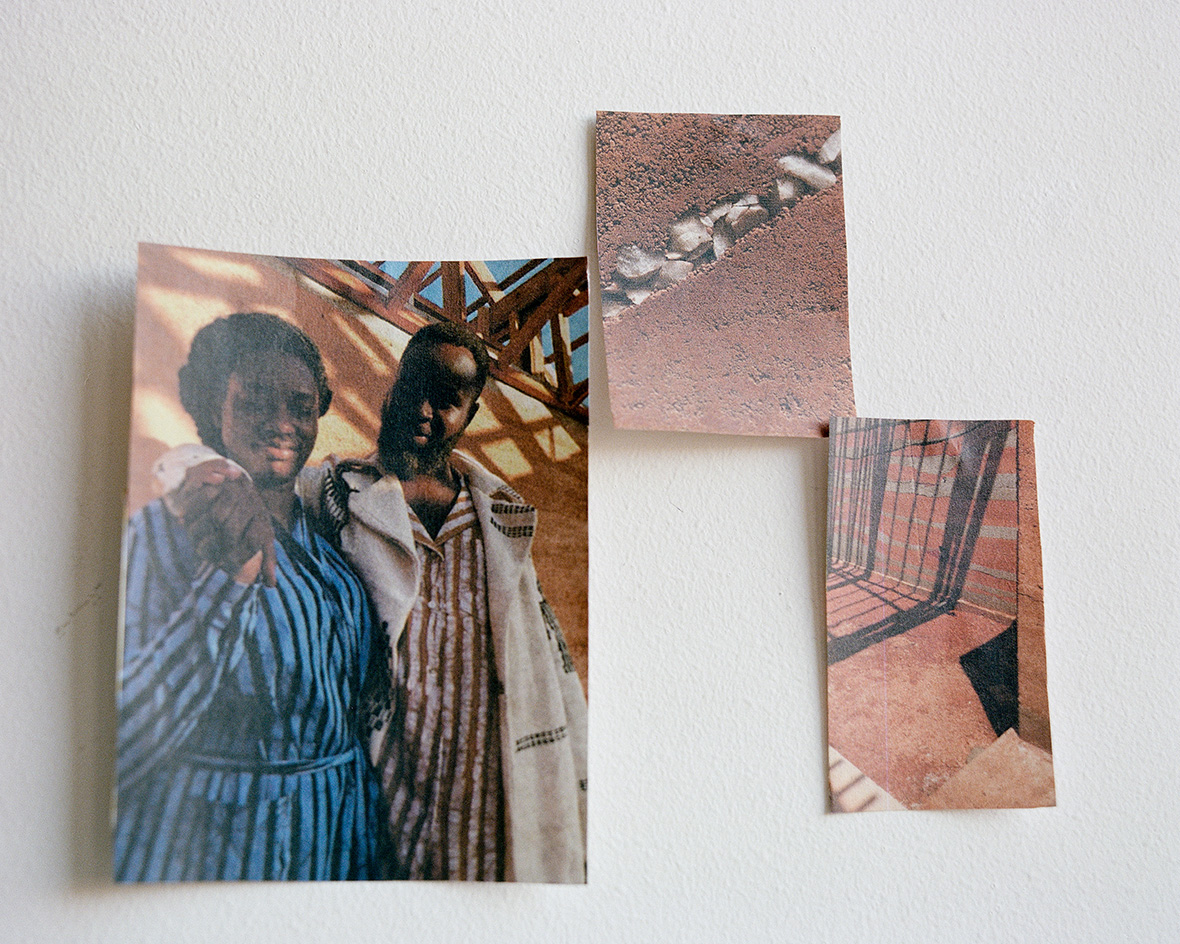
While Hive Earth is not quite an architecture studio, its potential in transforming architecture practices is impressive. The outfit, which pioneers rammed-earth construction methods in Ghana and beyond, is a crucial player in its field, and currently counts no more than four permanent members of staff. Its dynamic approach and revolutionary take make it a true game changer in the realm of architecture and construction.
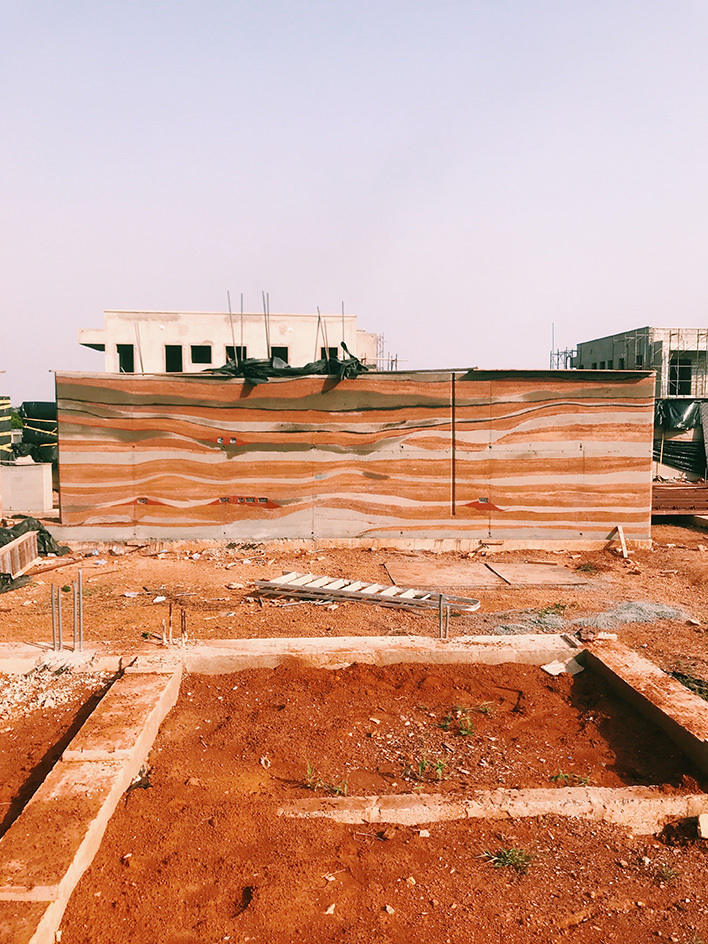
West African studios: Hive Earth
Husband-and-wife team Joelle Eyeson and Kwame Deheer formally established Hive Earth in 2017, but they have been collaborating and doing research into building with earth since the late noughties. UK-born and -raised Eyeson and Ghanaian Deheer were united by common interests and their passion for eco-friendly construction. They set up Hive Earth to combine sustainability and a desire to develop traditional, African ways of building into contemporary architecture. ‘We want to change the narrative of building with earth,’ says Eyeson. ‘It’s often associated with building for the poor and we want to change that. Buildings with earth can look beautiful and are very eco-friendly. We wanted something that was quite authentic and quite African, but modern at the same time. Rammed earth is like a continuation of the traditional African mud home, so we feel like we are evolving that concept.’
Eyeson’s strong background in business and property management, as well as her interior design degree, perfectly complements Deheer’s creative approach, draughtsman training, and experience in some of Ghana’s largest real estate companies. Together, the pair, who employ an in-house architect and also work closely with external architecture studios, push the boundaries of what it means to build with rammed earth. ‘It helps regulate internal air quality, the earth feels fresher, it’s natural, it’s non toxic, it’s circular,’ explains Eyeson.
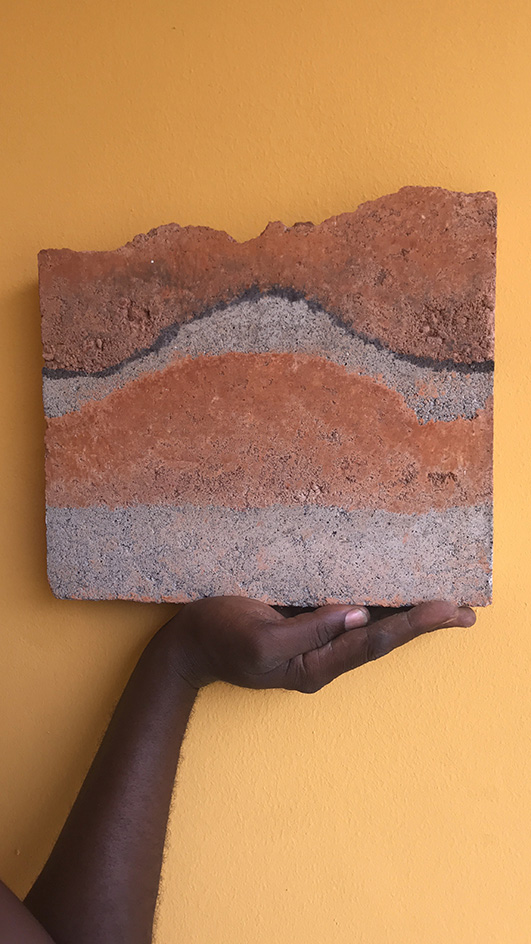
Beyond their business’ development, Eyeson and Deheer also collaborate with young NGO ArchiFair to help conduct workshops and spread the word about rammed earth building techniques. They feel education in eco-friendly construction methods is something often missing from mainstream architecture education. However, their current work is about to change that. Past works have included smaller scale projects, such as feature walls and smaller structures – a library in Ghana’s eastern regions is an example.
But some of their ongoing schemes, undertaken in collaboration with some of the biggest names in architecture globally and in the Western Africa region, might help change this. There’s a big project about to be completed – a three-storey gallery in Accra, the biggest they’ve built so far – alongside an office building and a key project in Nigeria, which they feel ‘will be one of the most significant buildings in the continent when it’s done.’ At the same time, they are in discussions about projects beyond the continent, in Europe and Asia.
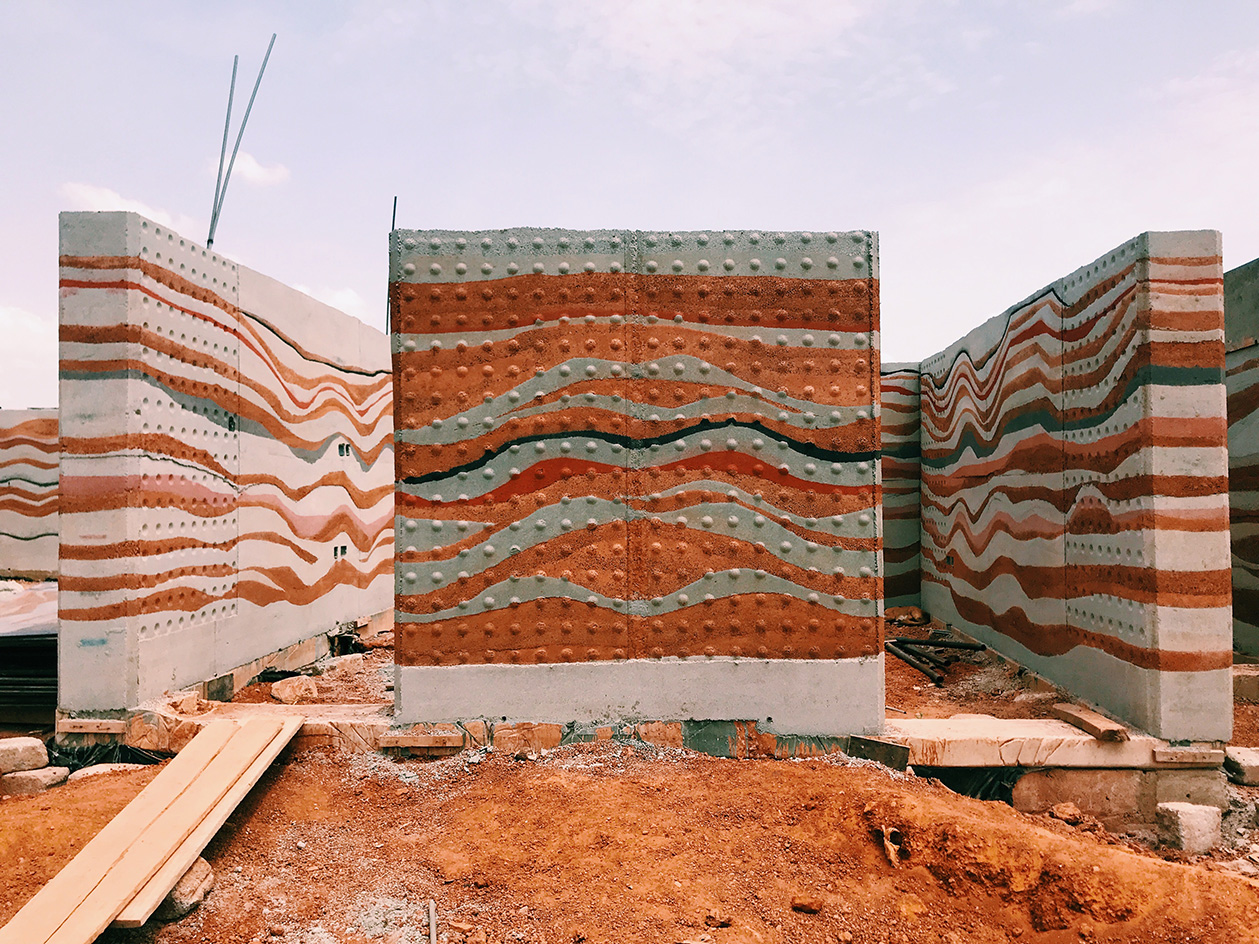
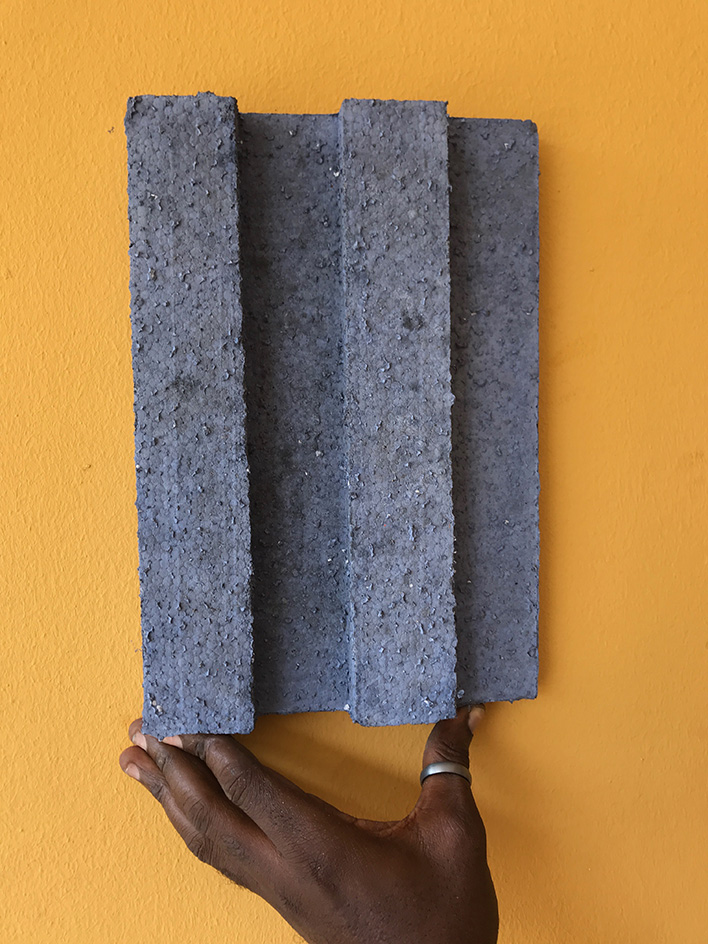
‘We are also very much looking forward to getting more into art curation in our work; we really want to look at playing with natural colour pigments that can be found from rocks, we want to explore different patterns and shapes we can form. We’re looking to be more creative and show the world what can be done with earth in Africa,’ says Eyeson.
‘And it’s amazing for us, especially for Kwame, for a Black man from Africa to go outside the continent and show what we can do. A lot of architects are really enthusiastic about using rammed earth as a practice. And we are confident that it can be a catalyst for change for the new built environment. We are really big on showing how versatile rammed earth can be – we haven’t even touched the surface yet.’
Receive our daily digest of inspiration, escapism and design stories from around the world direct to your inbox.
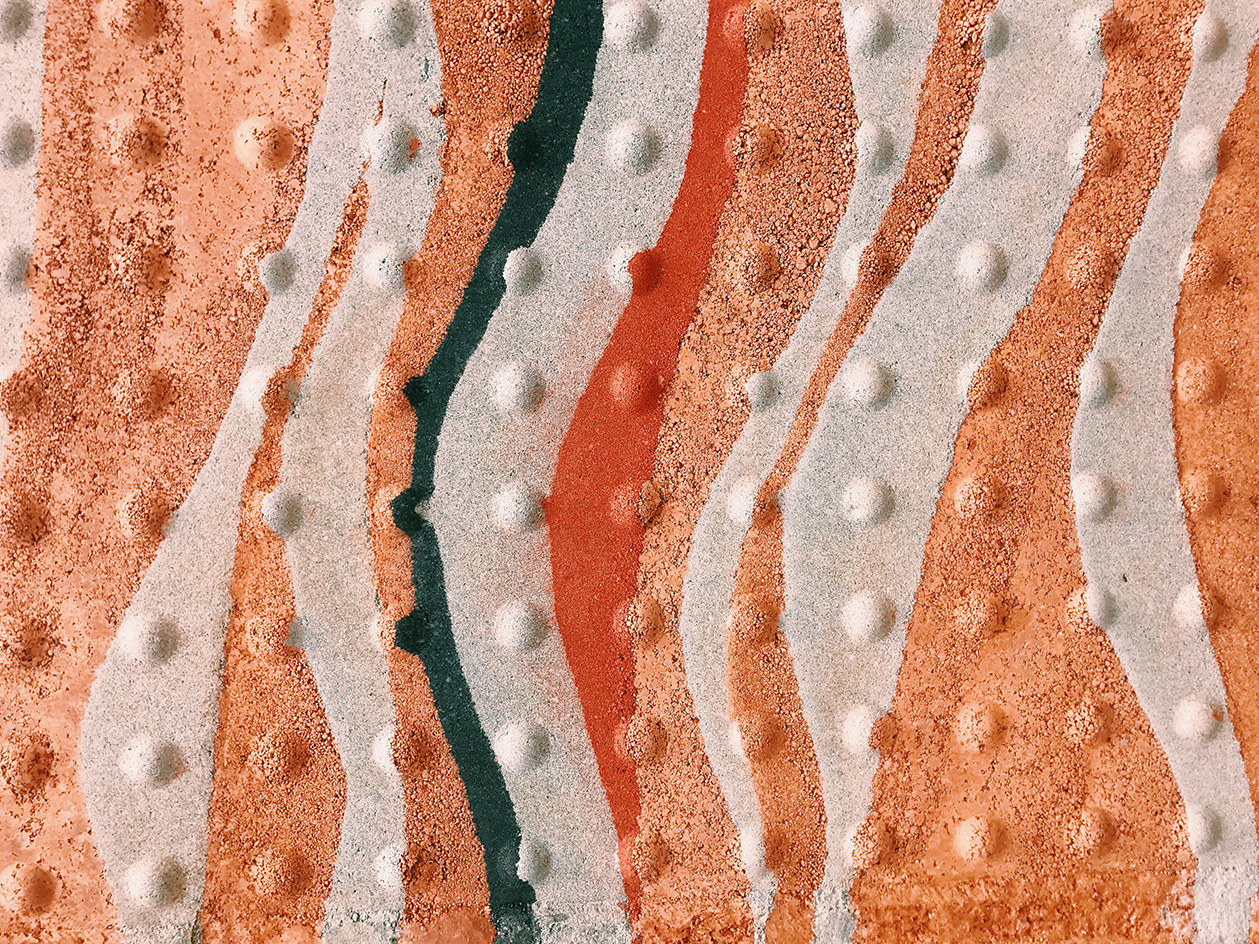
West African studios: the series
From Senegal to Nigeria, and from Niger to the Ivory Coast, West Africa is vast and brimming with potential. A powerful mix of peoples and cultures, and in some nations, exponential demographic and economic growth, makes this part of the world a locus of change. The result? A dynamic new generation of studios that operate in the architecture realm and push the boundaries of their field to a promising future. Architects, spatial designers and builders converge here to create a unique, rich melting pot of fresh thinking and innovation that will no doubt reshape the way we think about architecture globally.
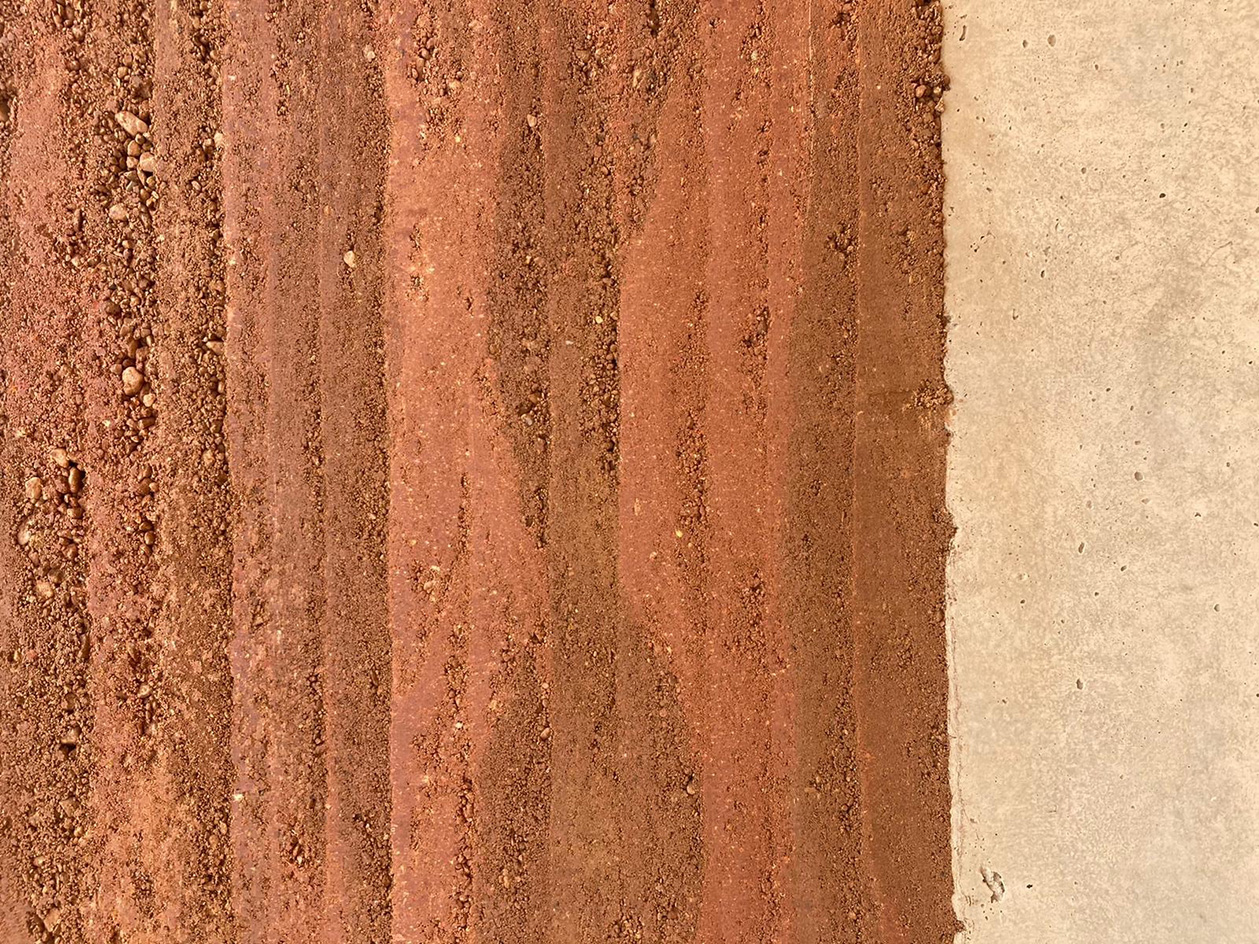
A version of this story appears in January 2023 Wallpaper*, The Future Issue, available now in print, on the Wallpaper* app on Apple iOS, and to subscribers of Apple News +. Subscribe to Wallpaper* today(opens in new tab)
Ellie Stathaki is the Architecture & Environment Director at Wallpaper*. She trained as an architect at the Aristotle University of Thessaloniki in Greece and studied architectural history at the Bartlett in London. Now an established journalist, she has been a member of the Wallpaper* team since 2006, visiting buildings across the globe and interviewing leading architects such as Tadao Ando and Rem Koolhaas. Ellie has also taken part in judging panels, moderated events, curated shows and contributed in books, such as The Contemporary House (Thames & Hudson, 2018), Glenn Sestig Architecture Diary (2020) and House London (2022).
-
 Art Deco's centenary is honoured with a grand exhibition in Paris
Art Deco's centenary is honoured with a grand exhibition in ParisTo mark 100 years of Art Deco, the Musée des Arts Décoratifs in Paris is holding a retrospective that includes furniture, tableware, clothing, jewellery and objets d’art (on view until 26 April 2026)
-
 ‘Lucybelle II’ is a small scale homage to an iconic racing Ferrari, created by Hedley Studios
‘Lucybelle II’ is a small scale homage to an iconic racing Ferrari, created by Hedley StudiosHedley Studio has shaped an exacting 75% scale replica of the 1958 Ferrari Testa Rossa J ‘Lucybelle II’, complete with track-worn patina
-
 Explore a refreshed Athens apartment full of quirk and midcentury character
Explore a refreshed Athens apartment full of quirk and midcentury characterA 1960s Athens apartment is revived by architects Aspassia Mitropapa and Christina Iliopoulou, who elegantly brought its midcentury appeal to the 21st century
-
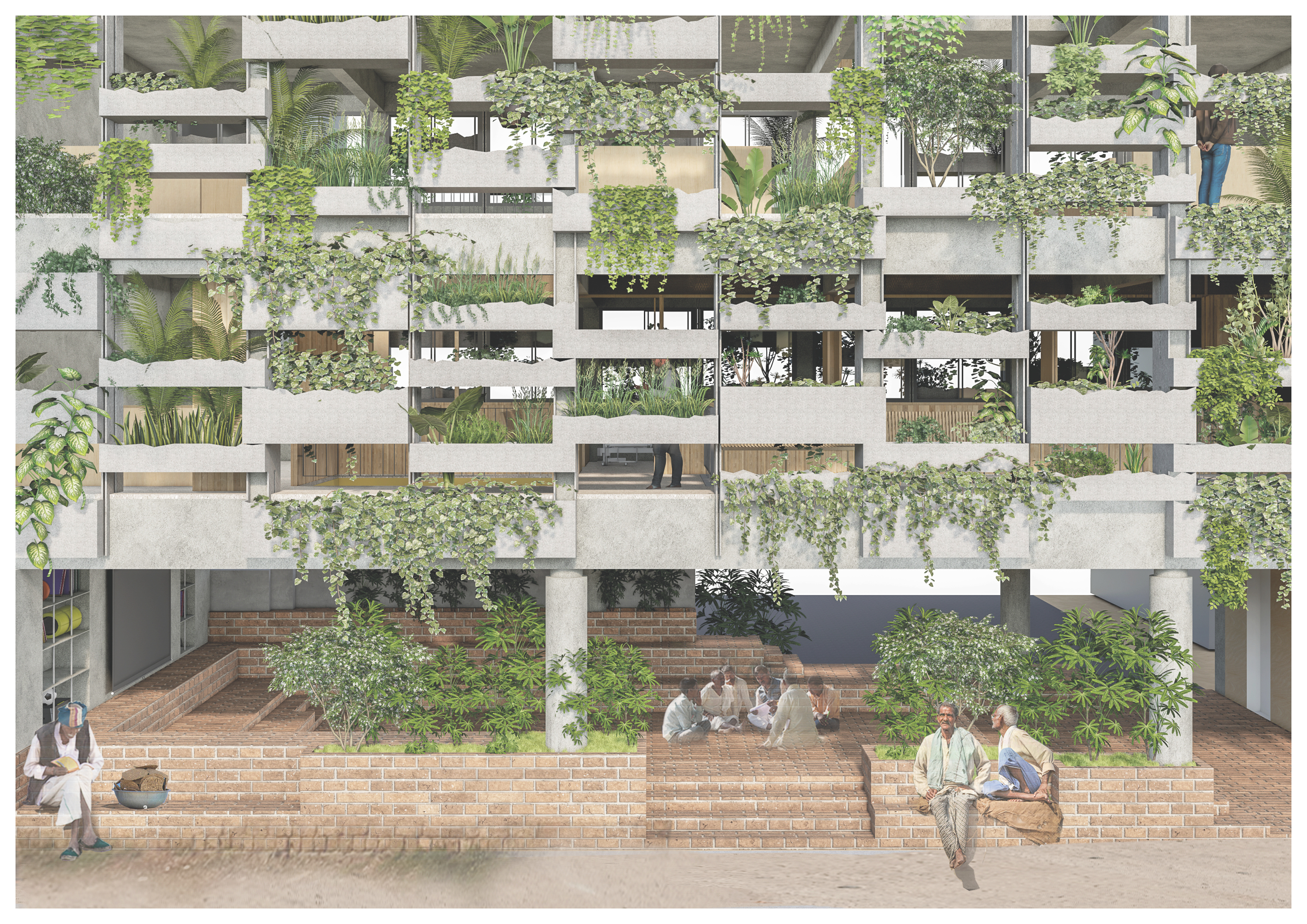 Holcim Foundation Awards celebrate sustainability with 20 winners; Sou Fujimoto explains all
Holcim Foundation Awards celebrate sustainability with 20 winners; Sou Fujimoto explains allThe 2025 Holcim Foundation Awards have just been announced, crowning 20 projects from across the globe as the most inspirational schemes in the field of sustainable architecture; we caught up with Asia Pacific jury chair Sou Fujimoto to find out more
-
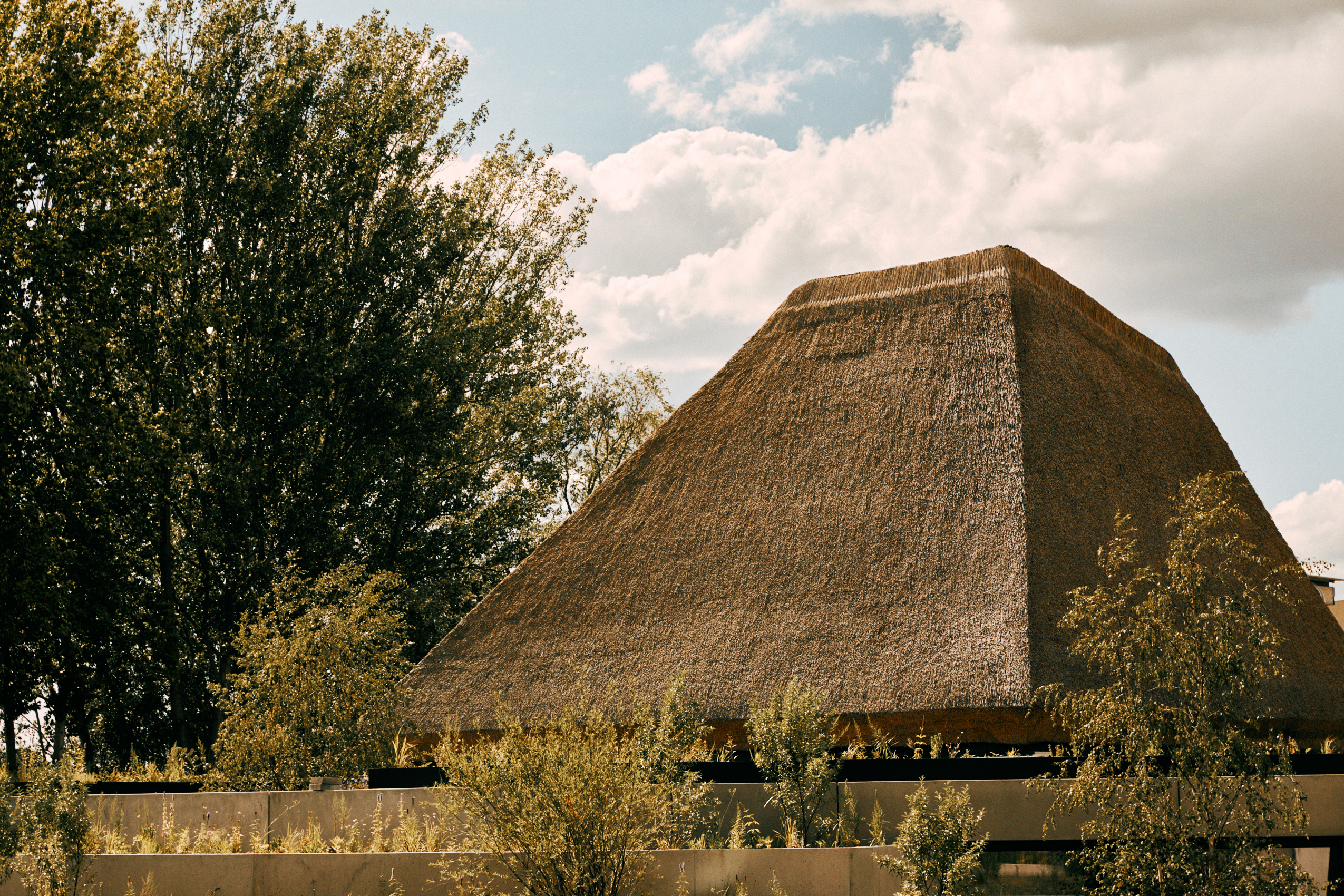 What are biomaterials? Everything you need to know about Mother Nature's building blocks
What are biomaterials? Everything you need to know about Mother Nature's building blocksCould the cities of the future be grown from plants, bacteria and fungi? Architects explain
-
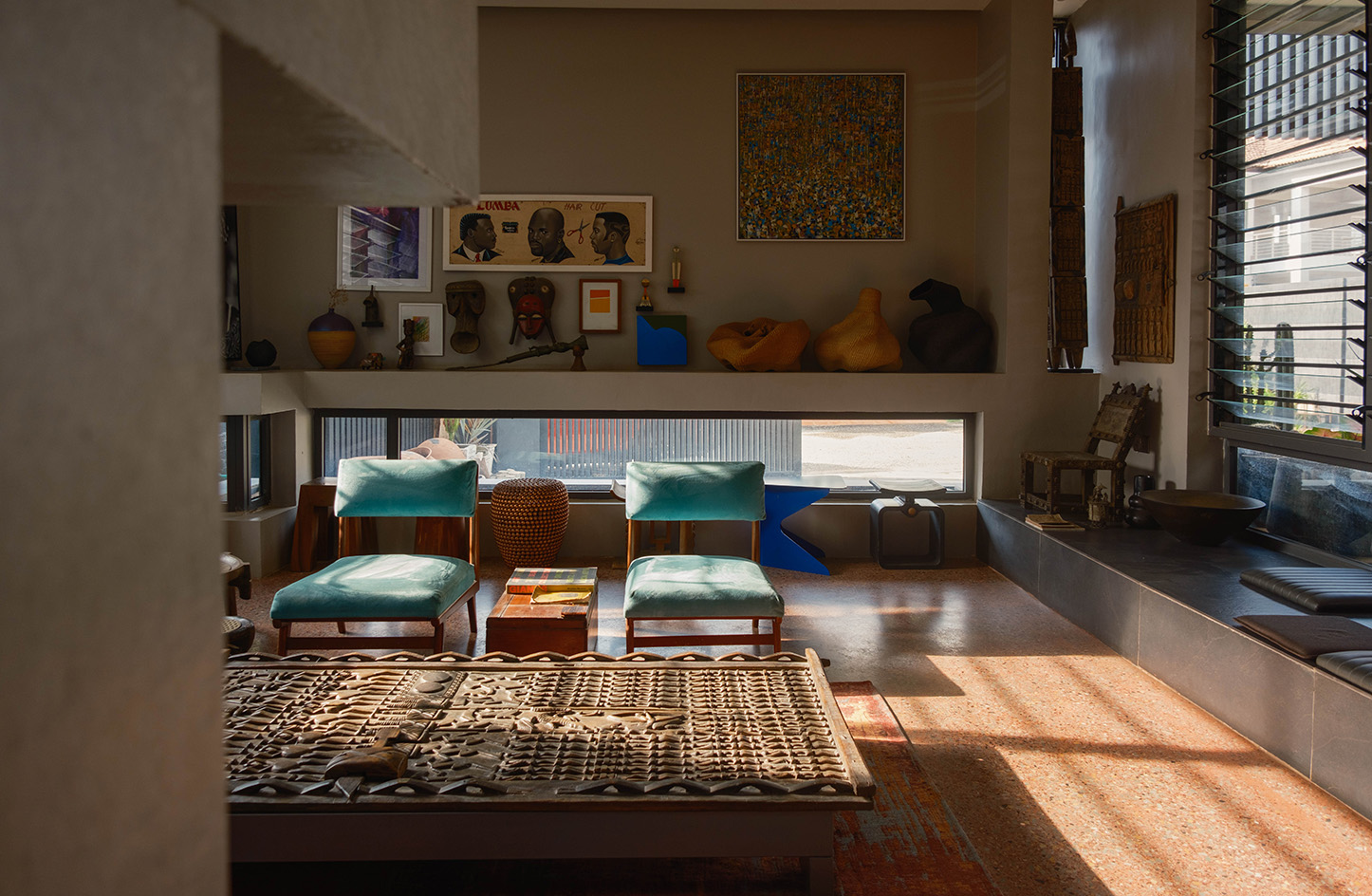 On a tight urban plot in Accra, an architect's striking home
On a tight urban plot in Accra, an architect's striking homeAn architect’s home in Accra, Ghana, packs a punch on a tight urban plot; welcome to Compact House by Alice Asafu-Adjaye
-
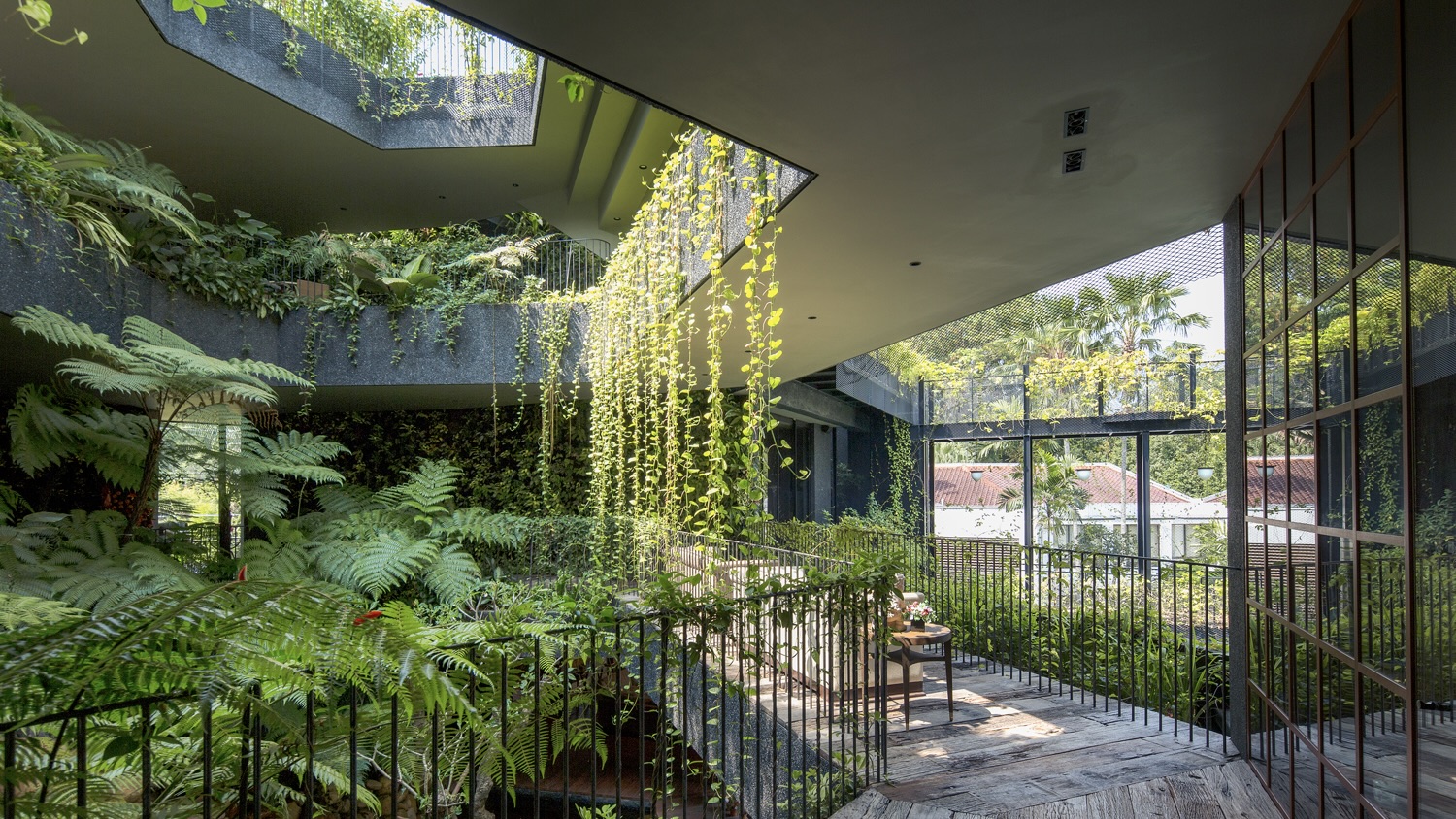 What is eco-brutalism? Inside the green monoliths of the movement
What is eco-brutalism? Inside the green monoliths of the movementThe juxtaposition of stark concrete and tumbling greenery is eminently Instagrammable, but how does this architectural movement address the sustainability issues associated with brutalism?
-
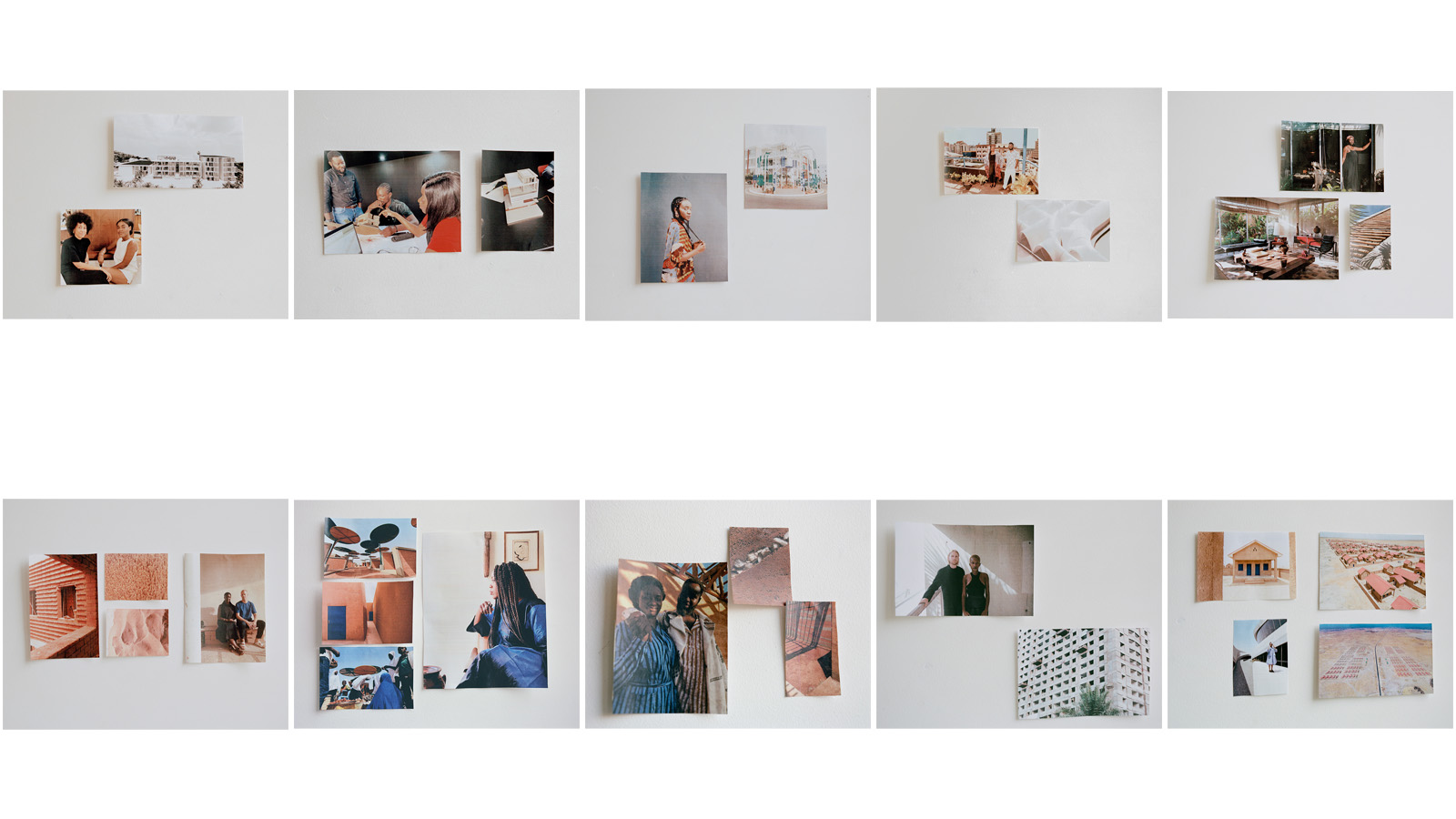 The 10 emerging West African architects changing the world
The 10 emerging West African architects changing the worldWe found the most exciting emerging West African architects and spatial designers; here are the top ten studios from the region revolutionising the spatial design field
-
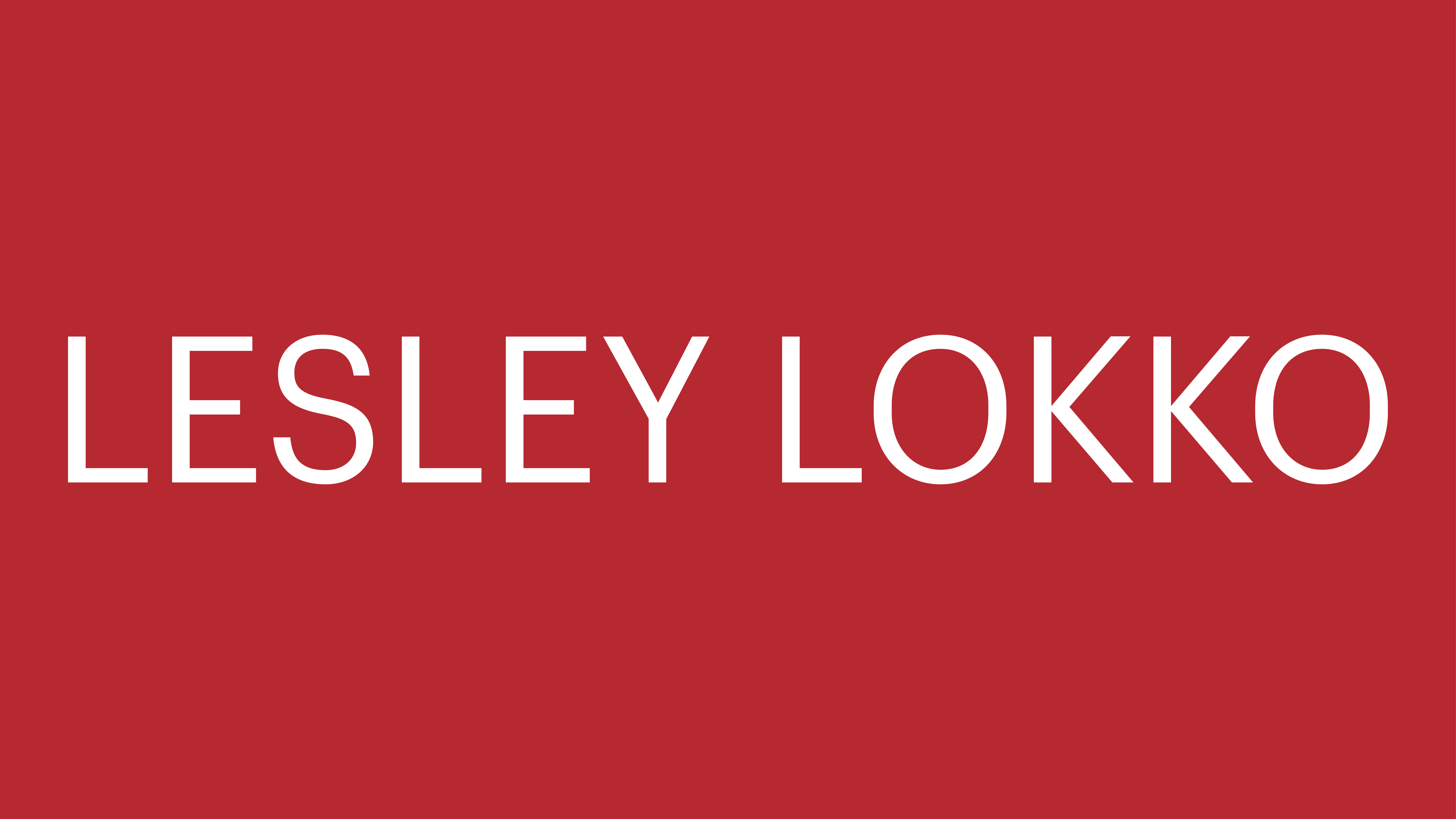 Lesley Lokko reviews 2024's wins, shifts, tensions and opportunities for 2025
Lesley Lokko reviews 2024's wins, shifts, tensions and opportunities for 2025Lesley Lokko, the British-Ghanaian architect, educator, curator, and founder and director of the African Futures Institute (AFI), has been an inspirational presence in architecture in 2024; which makes her perfectly placed to discuss the year, marking the 2025 Wallpaper* Design Awards
-
 Limbo Museum: celebrating the architectural legacy of ‘unfinished business’
Limbo Museum: celebrating the architectural legacy of ‘unfinished business’We’re won over by Limbo Museum and the work of Limbo Accra, which is bringing new life to abandoned buildings across West Africa, and wins a Wallpaper* Design Award 2025
-
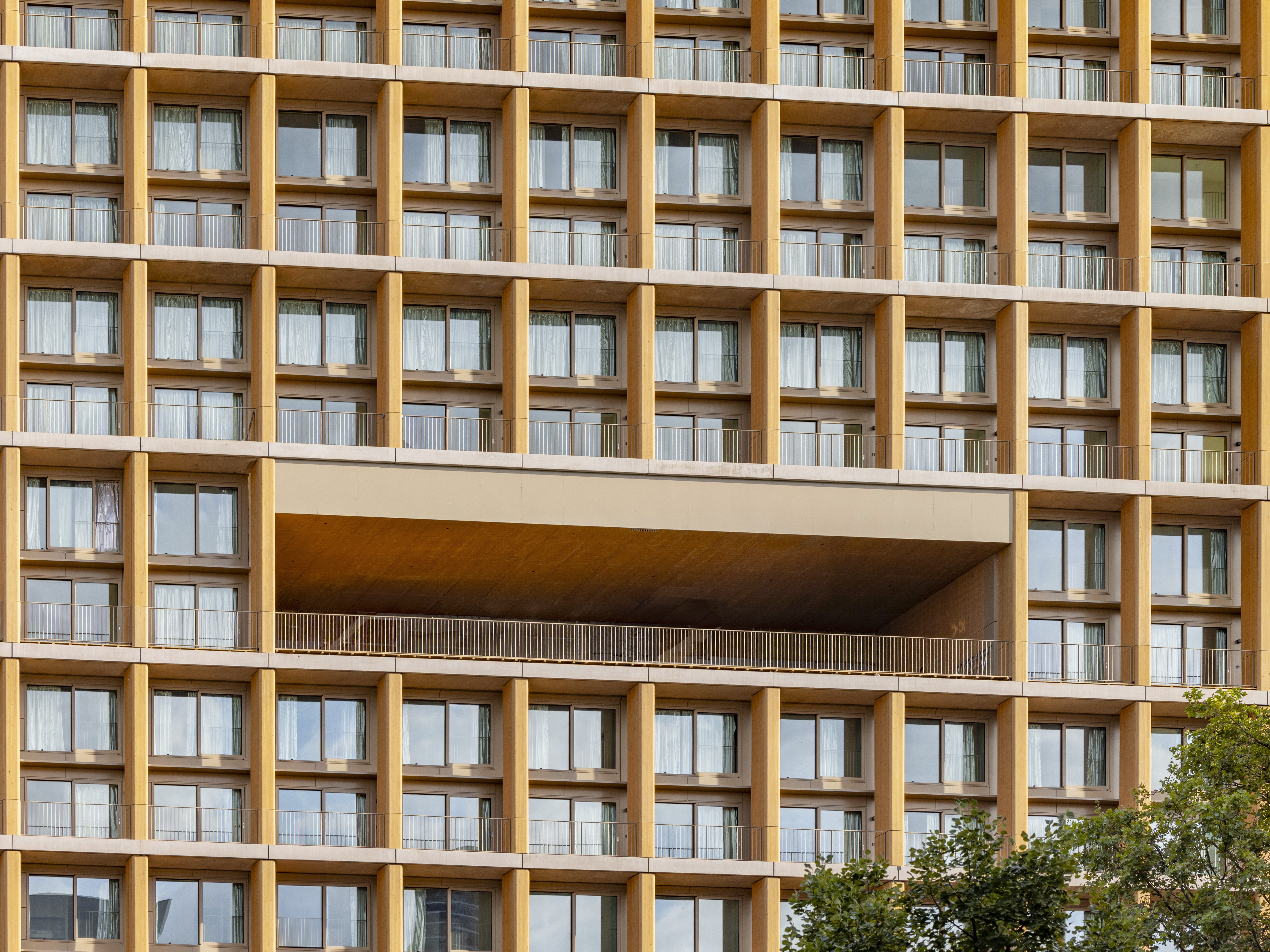 Explore wood architecture, Paris' new timber tower and how to make sustainable construction look ‘iconic’
Explore wood architecture, Paris' new timber tower and how to make sustainable construction look ‘iconic’A new timber tower brings wood architecture into sharp focus in Paris and highlights ways to craft buildings that are both sustainable and look great: we spoke to project architects LAN, and explore the genre through further examples